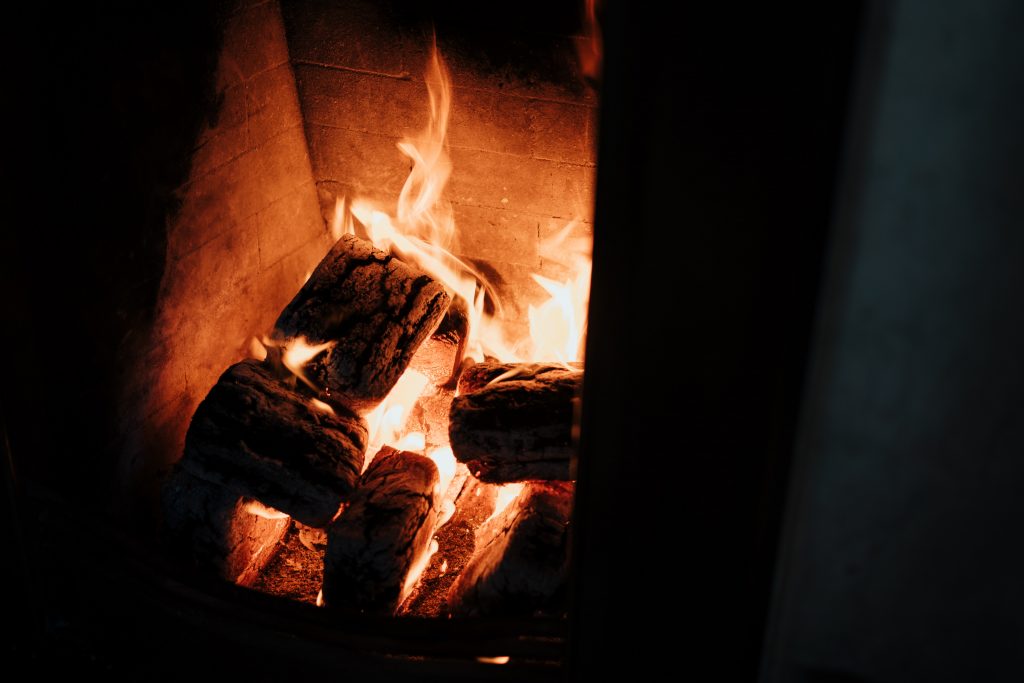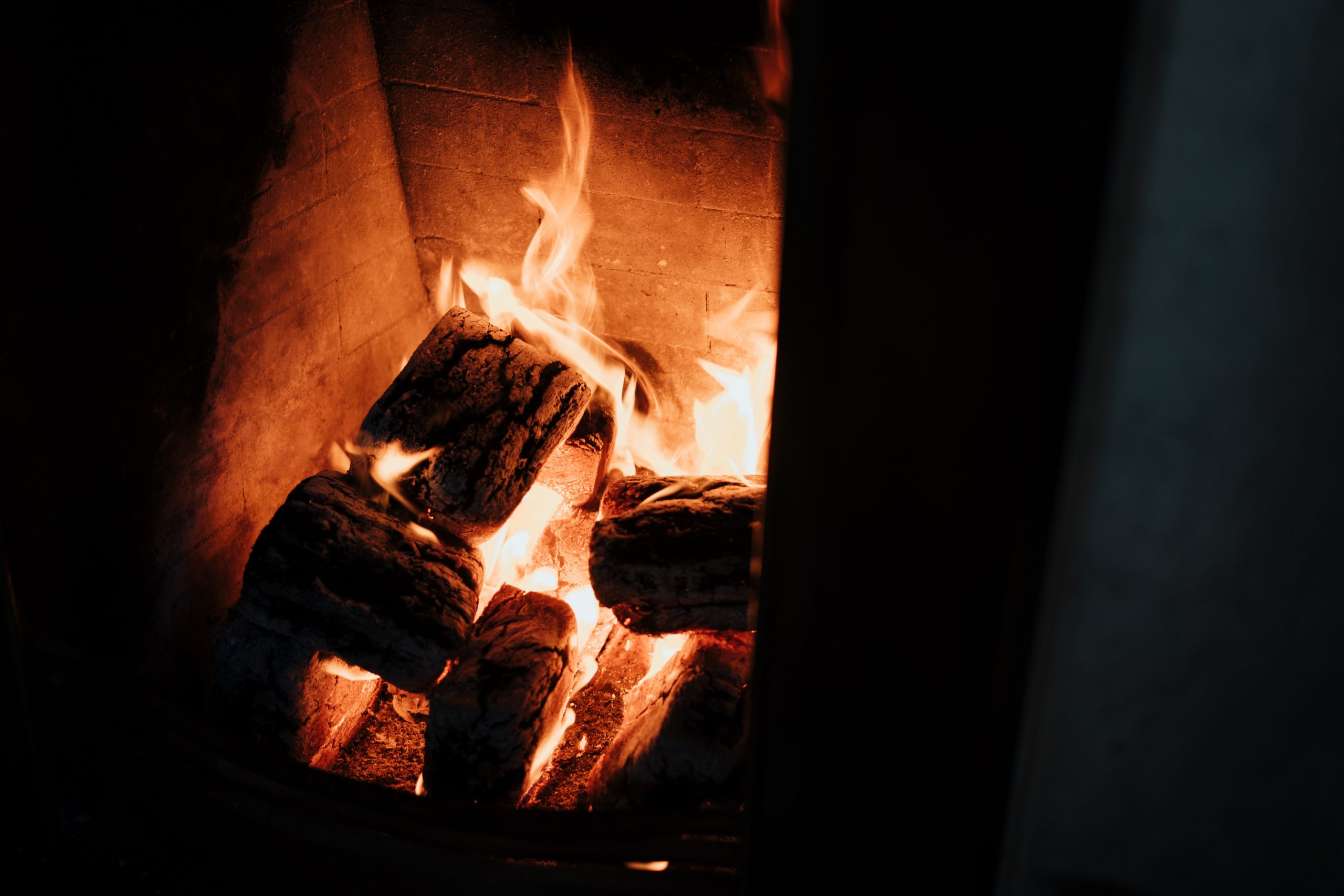Carbon dioxide, often abbreviated as CO2, is a gas that exists naturally in our atmosphere. It’s an essential part of the Earth’s ecosystem, but like most things in life, too much of it can be harmful. In this blog post, we’ll break down carbon dioxide levels in the simplest way possible: what they are, where they can be found, when they’re dangerous, and how they can be harmful to people.
What are Carbon Dioxide Levels?
Carbon dioxide (CO2) levels refer to the amount of carbon dioxide gas present in the air around us. It’s one of the many gases that make up Earth’s atmosphere. Picture the air you breathe as a mix of different gases like oxygen, nitrogen, and a tiny amount of carbon dioxide.
Where Can They Be Found?
Carbon dioxide is everywhere! It’s a natural part of the air, and you’ll find it indoors and outdoors. When you breathe out, you release carbon dioxide into the air. Plants also take in carbon dioxide and use it for photosynthesis, which is how they grow and produce oxygen.
When Are They Dangerous?
Carbon dioxide is typically not dangerous at the levels we encounter every day. In fact, we need a certain amount of it in the air to stay healthy. However, problems arise when there’s too much of it in a confined space, like a room or a car. This can happen if there’s not enough fresh air circulating to bring in oxygen and carry away the excess CO2.

How Can They Be Harmful to People?
Too much carbon dioxide in the air can be harmful to our health. Here’s how:
- Difficulty Breathing: High levels of CO2 can make it hard to breathe. You might feel short of breath or dizzy.
- Headaches: Breathing in air with elevated CO2 levels can lead to headaches and make you feel tired and sluggish.
- Confusion: In extreme cases, excessive carbon dioxide can even cause confusion and impaired thinking.
- Suffocation: If the concentration of CO2 becomes extremely high in an enclosed space, it can lead to suffocation. This is very rare but can happen in situations like poorly ventilated underground spaces.
How to Stay Safe
To stay safe and healthy, it’s important to ensure good ventilation in enclosed spaces. This means letting fresh air in and allowing carbon dioxide to escape. Open windows and doors, use fans and make sure ventilation systems are working properly. If you ever feel dizzy or have difficulty breathing in a confined area, it’s crucial to get to fresh air immediately.
In summary, carbon dioxide is a natural part of the air we breathe, but too much of it in an enclosed space can be harmful to our health. Good ventilation is the key to maintaining safe carbon dioxide levels and ensuring we get the right mix of gases to breathe comfortably and stay healthy.

